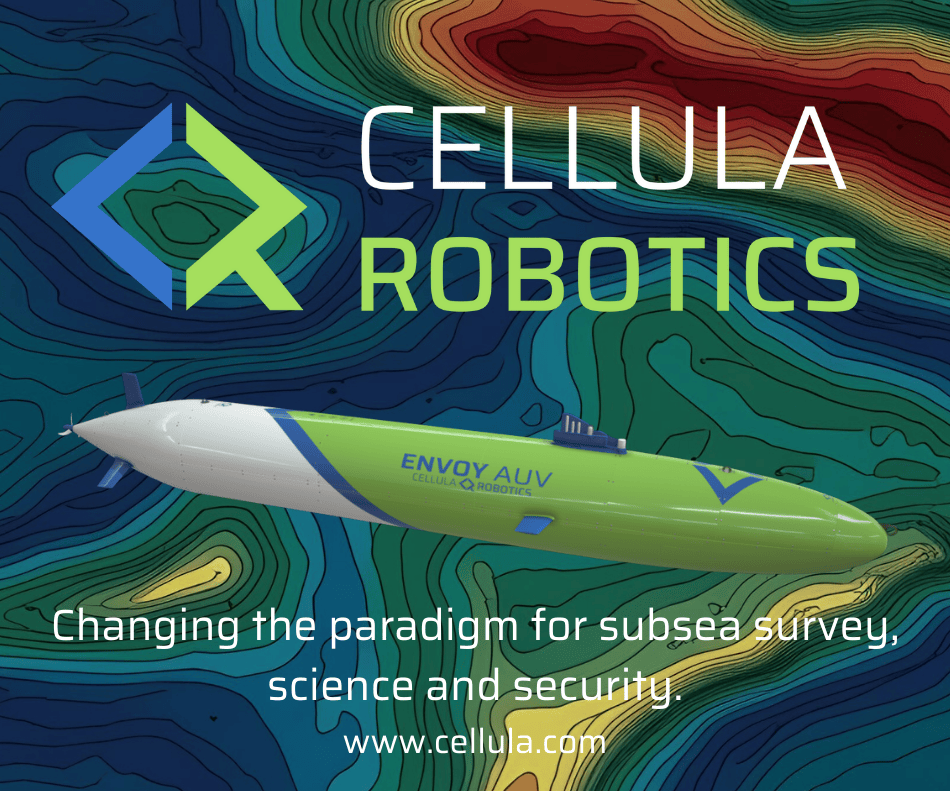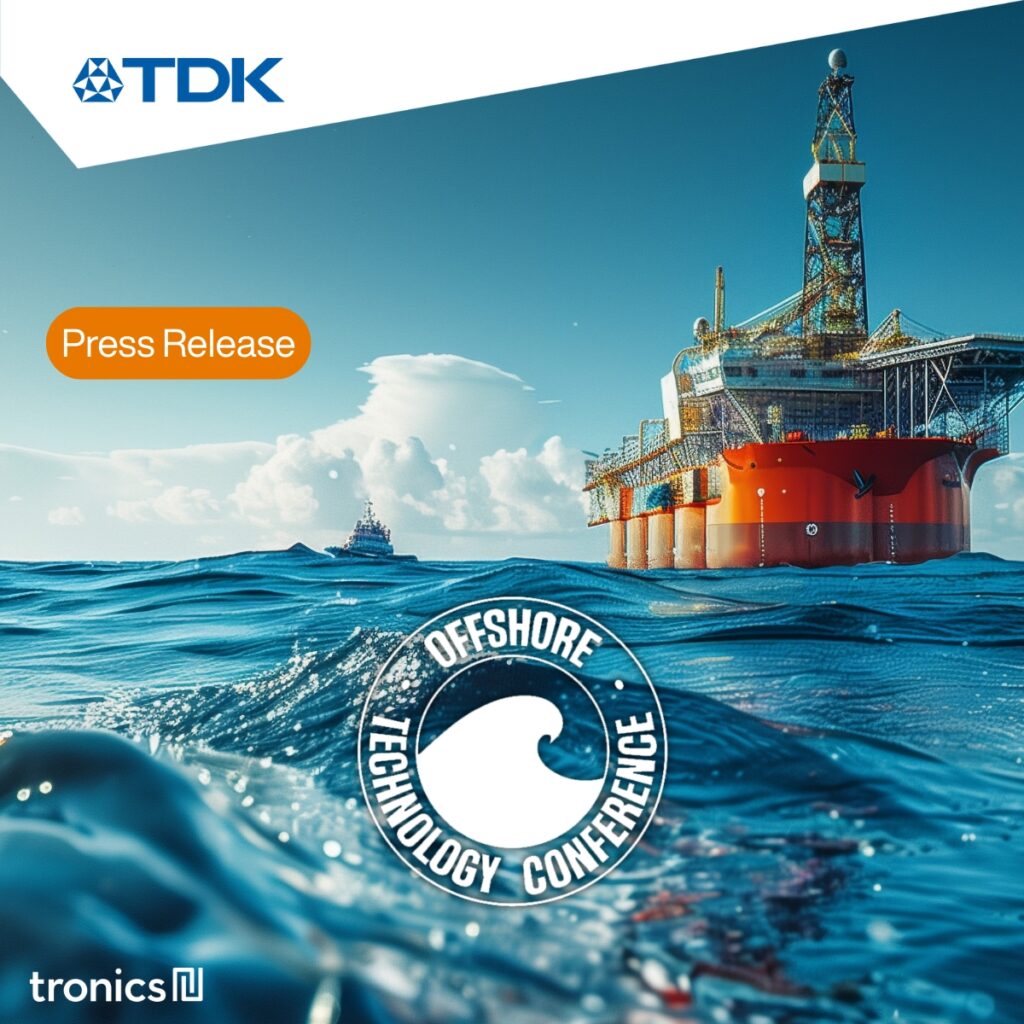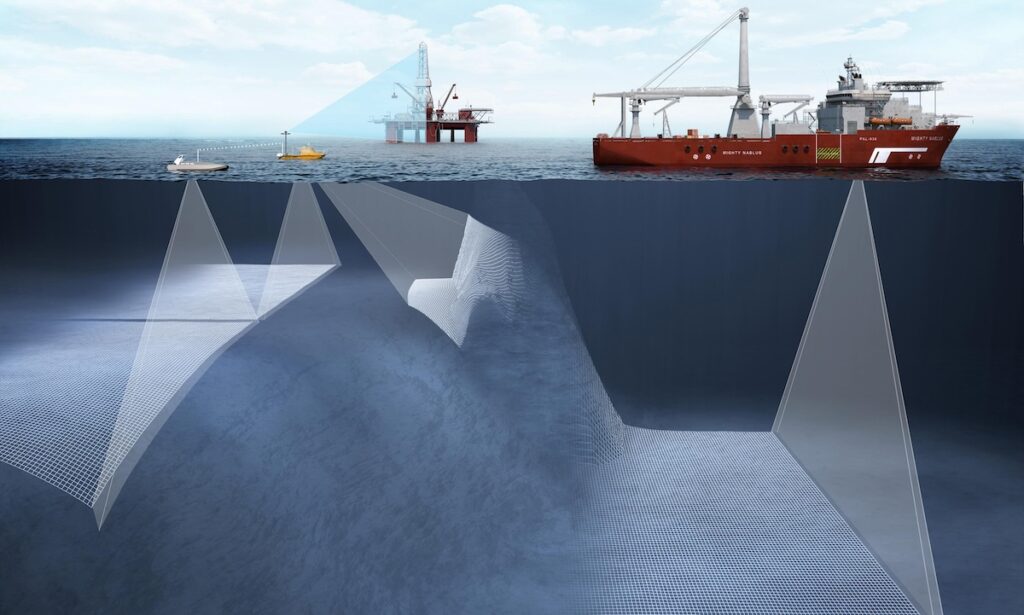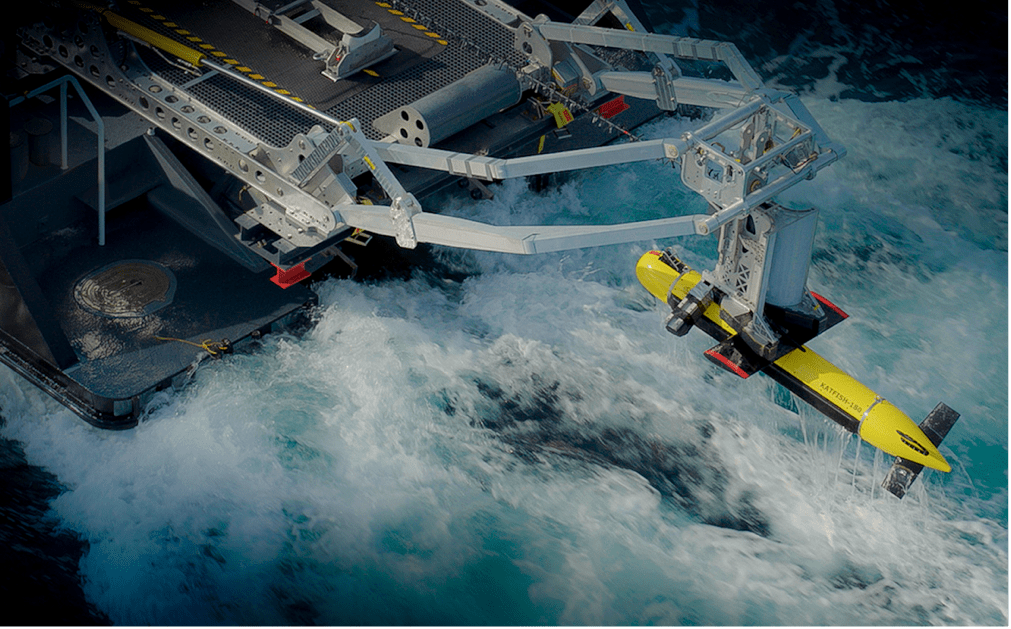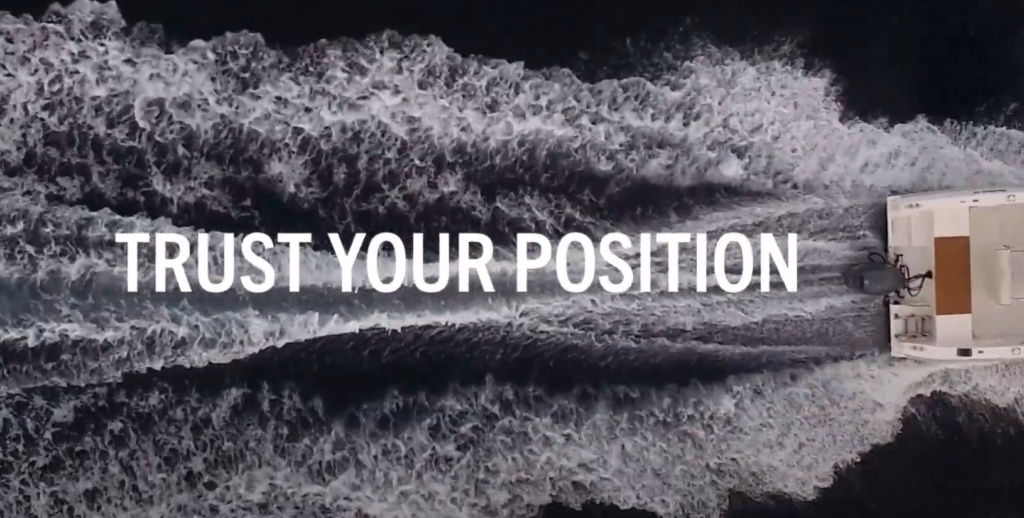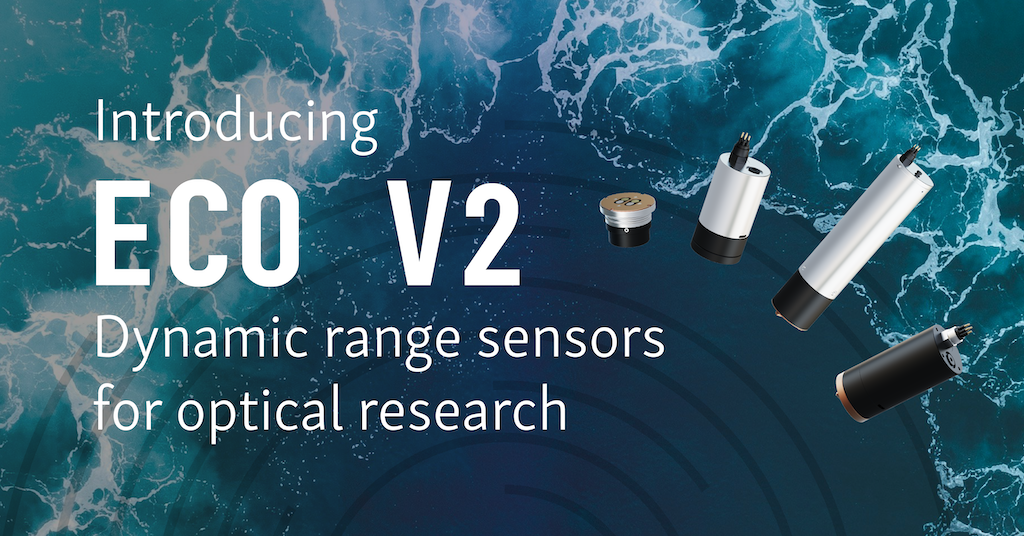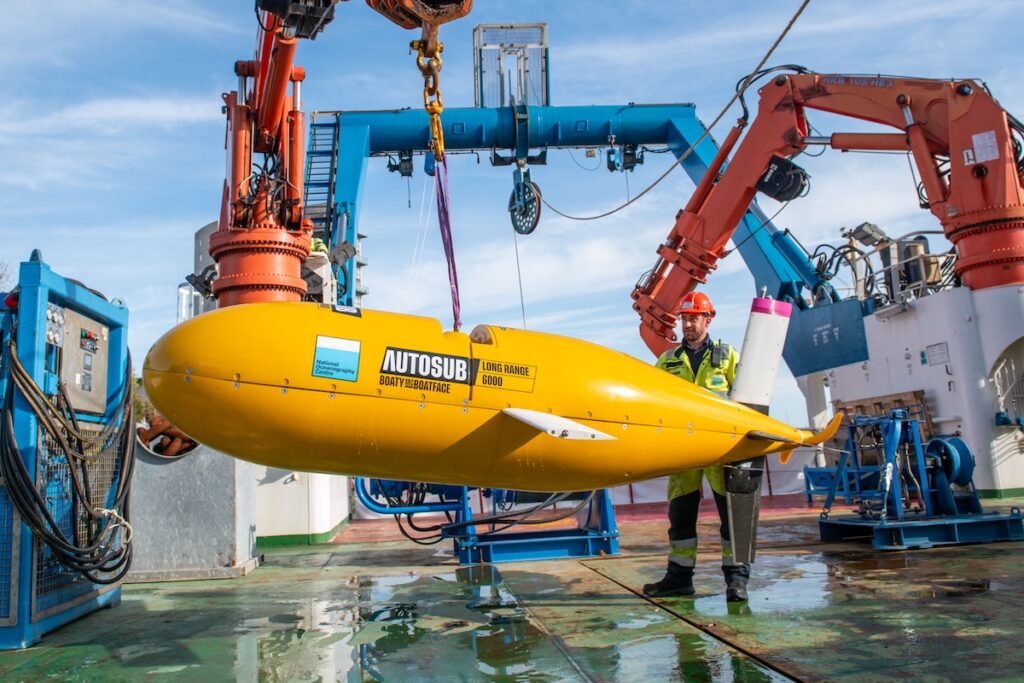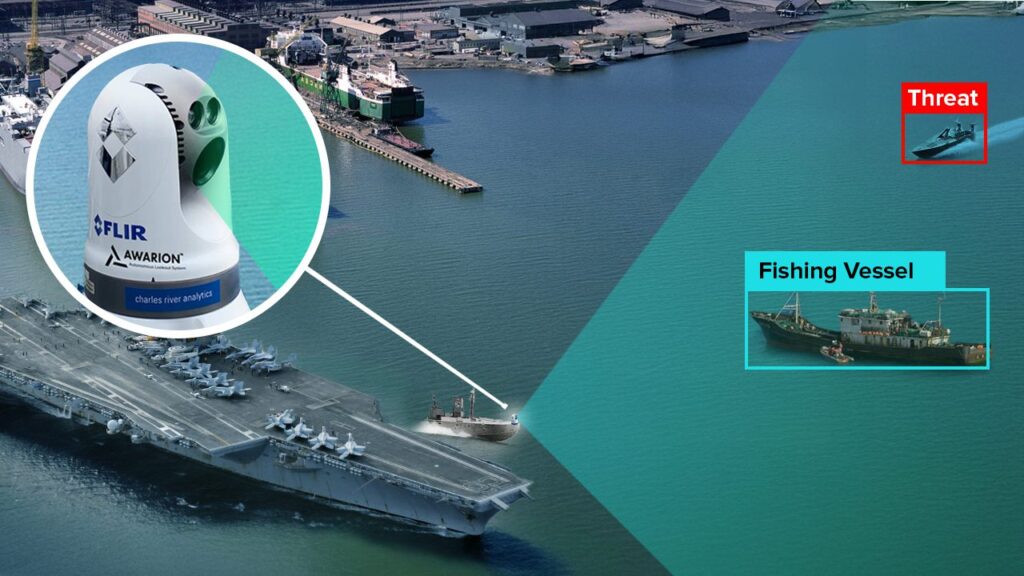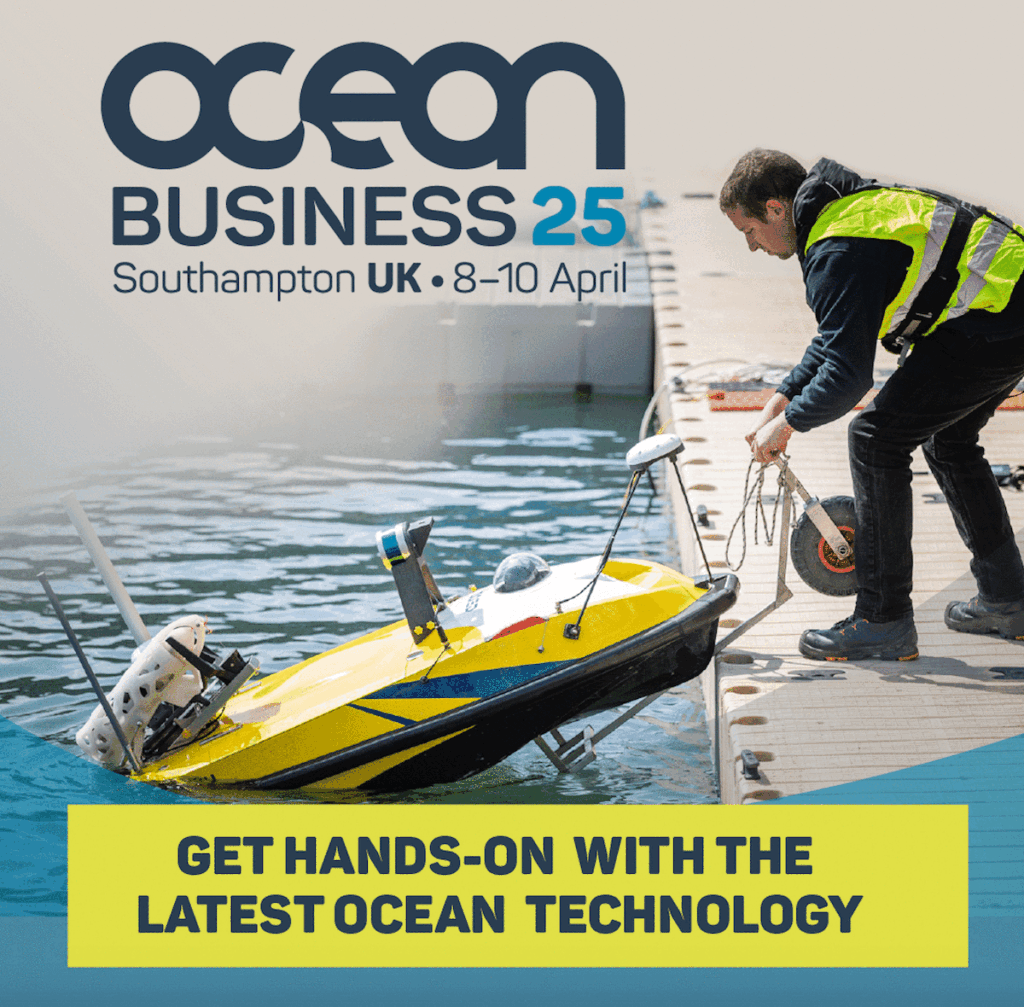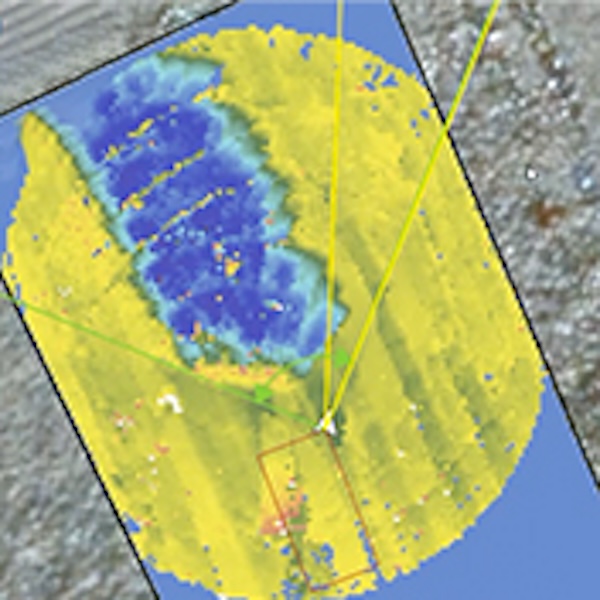
Marine Environmental Sonar
Discover cutting-edge solutions from 5 leading global suppliers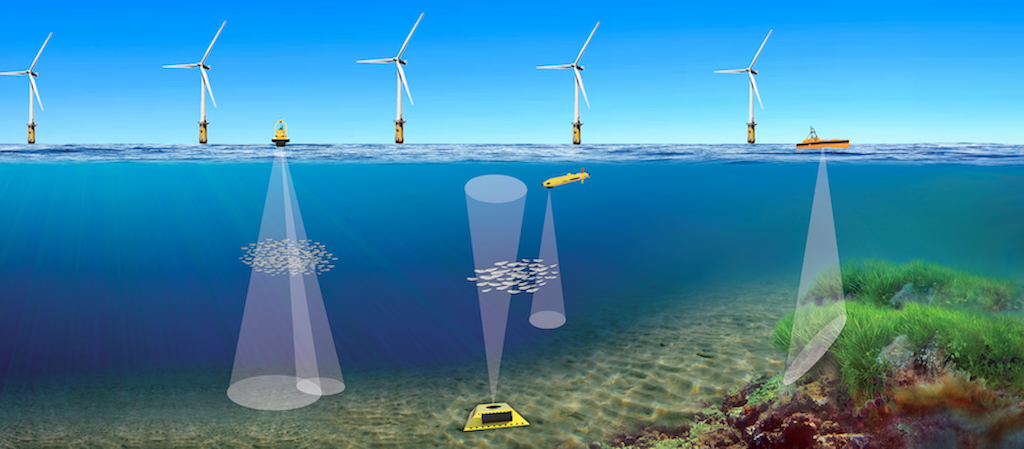
BioSonics has unveiled their latest innovation in underwater monitoring, the DTZ Explore, a compact, low-power, split beam sonar system.
The Seattle-based company says the DTZ Explore is is the first of its kind, opening up new exciting possibilities in underwater monitoring to support ocean intelligence and environmentally responsible development of offshore energy, aquaculture, research and more.
DTZ Explore brings the power of a traditional vessel-mounted sonar system into a compact, energy-efficient package. The small but mighty DTZ Explore gives access to a full water column while producing quantitative datasets to assess biodiversity and marine life with always-on data collection and real-time reporting. The efficient device provides the most scientifically defensible data possible on a wide range of organisms from plankton to whales.
The 6-watt device features BioSonics’ split beam sonar technology, cutting-edge System-on-Chip (SoC) architecture, and an integrated Linux-operating system, all inside a fully submersible device the size of a volleyball.
It autonomously collects and stores high-resolution marine life data, processing it in real-time with onboard Edge computing, and transmits critical insights via Ethernet or RS-232, with cloud connectivity.
Whether monitoring fish schools and marine mammals around offshore energy sites or tracking aquaculture behavior and health, DTZ Explore simplifies operations with its plug-and-play design and versatile deployment as an external sensor on mobile or fixed uncrewed platforms, such as UUVs, USVs, data buoys, seabed landers, ADCPs, and ocean observatories.
BioSonics CEO Tim Acker, said, “Split beam sonar methods are considered the gold standard for providing precise, defensible scientific data for monitoring aquatic life and behavior. Data that is needed for project permitting and stakeholder acceptance.
“Traditional split beam sonar sensors typically required deployment from crewed vessels. The DTZ Explore can easily attach to any uncrewed mobile or fixed platform of choice.”
Acker continued, “The DTZ Explore is the culmination of a multi-year development plan to invent the world’s most advanced, compact, and easy to use split beam sonar system.
“We’re proud of our dedicated team of scientists and engineers who believed in our vision and poured their passion and incredible talent into making the DTZ a reality. With the right strategic partners, we look forward to getting this in the hands of marine tech, offshore energy, and aquaculture companies worldwide.”



